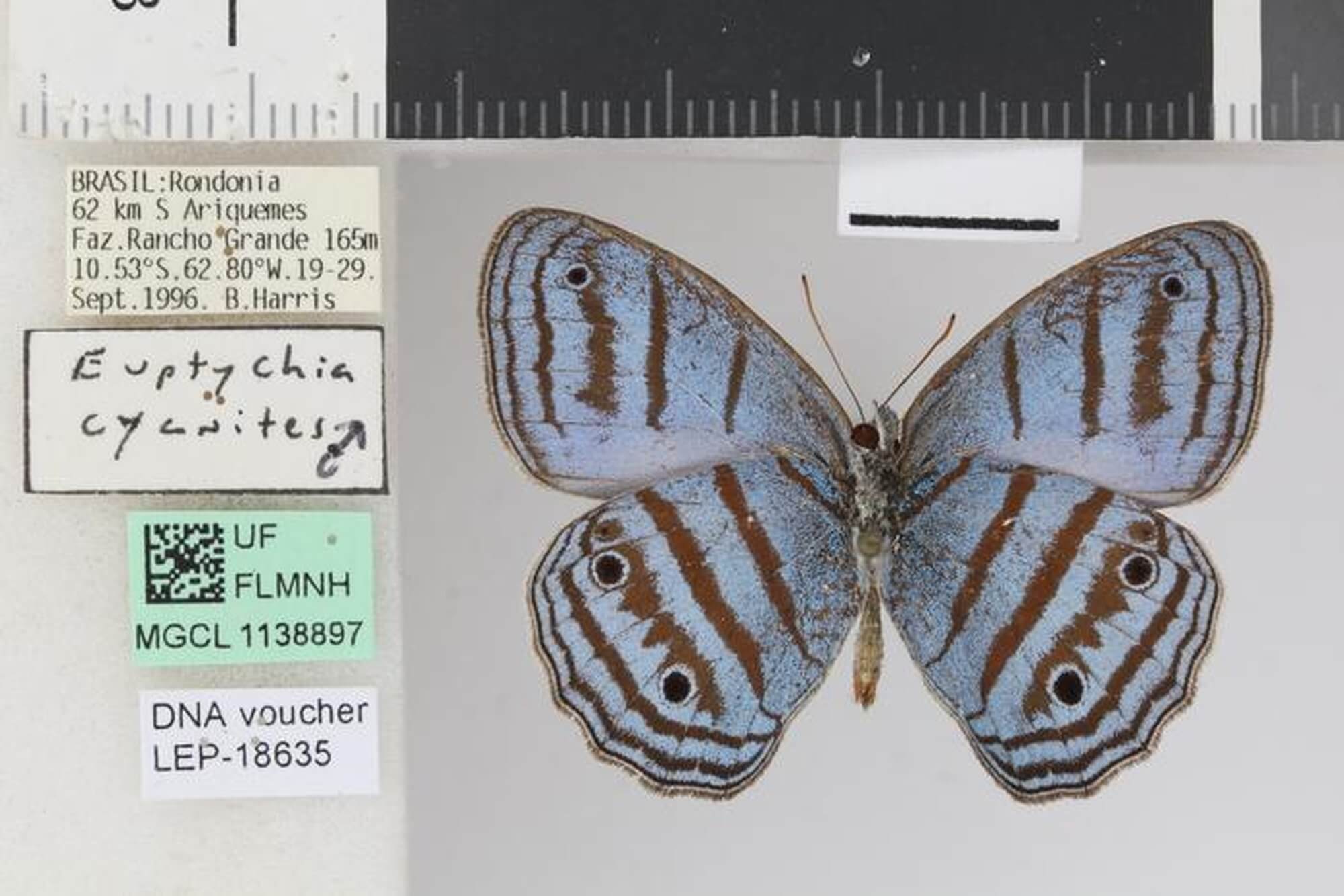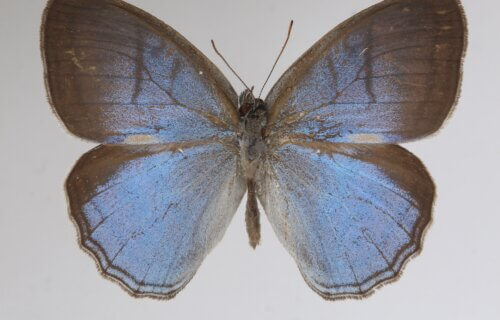WASHINGTON — When scientists discover a new species, they have the exciting opportunity to name it. While there are some guidelines to follow, researchers have relative freedom in choosing the scientific name. They often select names based on the species’ characteristics or the location where it was found. However, they can also honor individuals who have contributed to their research.
In the Amazon rainforest, a new butterfly species was recently discovered and named to recognize the dedicated work of someone who has provided invaluable support to researchers behind the scenes.
The butterfly species, Caeruleuptychia harrisi, was named in honor of Brian P. Harris, a museum specialist at the Smithsonian National Museum of Natural History. Harris has tirelessly facilitated butterfly research at the museum, going above and beyond to support visiting researchers.

In fact, Harris himself collected the type specimen that played a crucial role in the scientific description of the new butterfly species. After collecting it in Brazil, he deposited the specimen at the Smithsonian National Museum of Natural History, where it could serve as a reference for future studies on this species.
The research team, led by Shinichi Nakahara from Harvard University, acknowledged in a media release the importance of recognizing individuals like Harris, who have dedicated a significant portion of their lives to providing technical support for research. Harris began working at the Smithsonian Institution in 2005 and served as a museum specialist for Lepidoptera (moths and butterflies) and Hymenoptera (ants, bees, and wasps) until his retirement in 2019.
Visiting researchers greatly value Harris’s role in curating the Lepidoptera and Hymenoptera collections. Nakahara mentions that such technical support often goes unnoticed in the scientific community. In his visits to the Smithsonian’s Lepidoptera collection, Nakahara received exceptional support from Harris during three separate trips. Harris ensured that Nakahara could maximize his research by setting up imaging systems in advance, providing access to the desired butterfly groups, and even helping locate field notes from a deceased collector.

Prior to his tenure at the Smithsonian Institution, Harris spent 18 years at the Natural History Museum of Los Angeles County (LACM). Interestingly, before embarking on his museum career, Harris pursued his passion for music and played the drums in a band during the mid-1970s and early 1980s.
The recognition of Brian P. Harris through the naming of Caeruleuptychia harrisi is a testament to the crucial support he provided to researchers throughout his career. It highlights the significance of technical assistance in scientific endeavors and reminds us to appreciate the individuals who work diligently behind the scenes to facilitate groundbreaking research.
The study is published in the journal ZooKeys.
